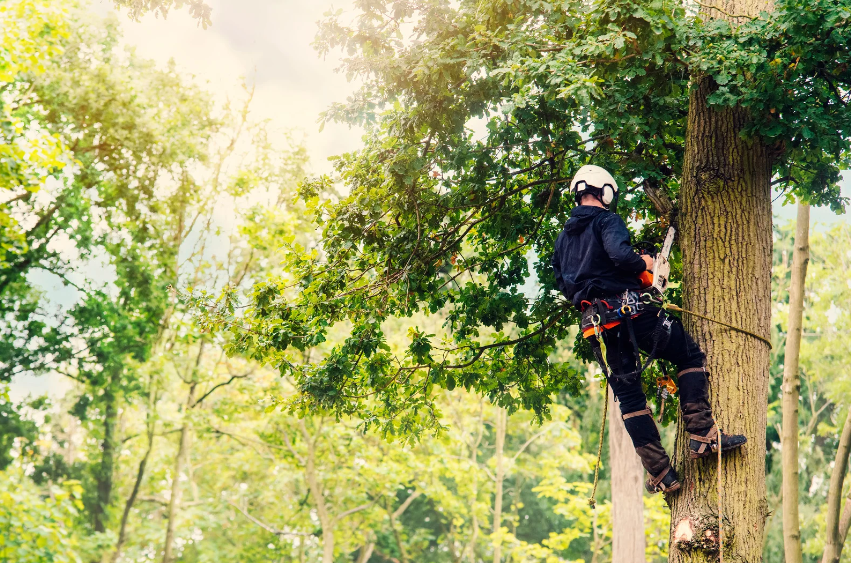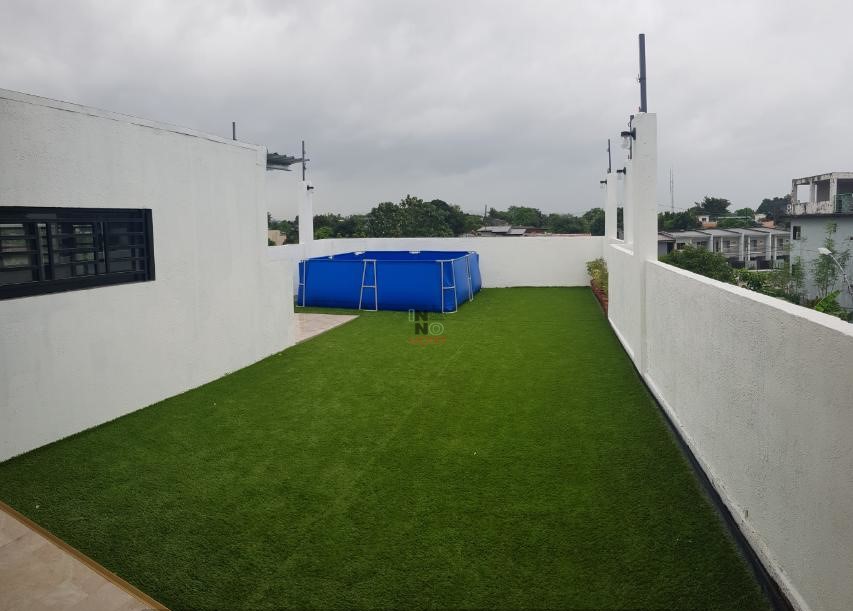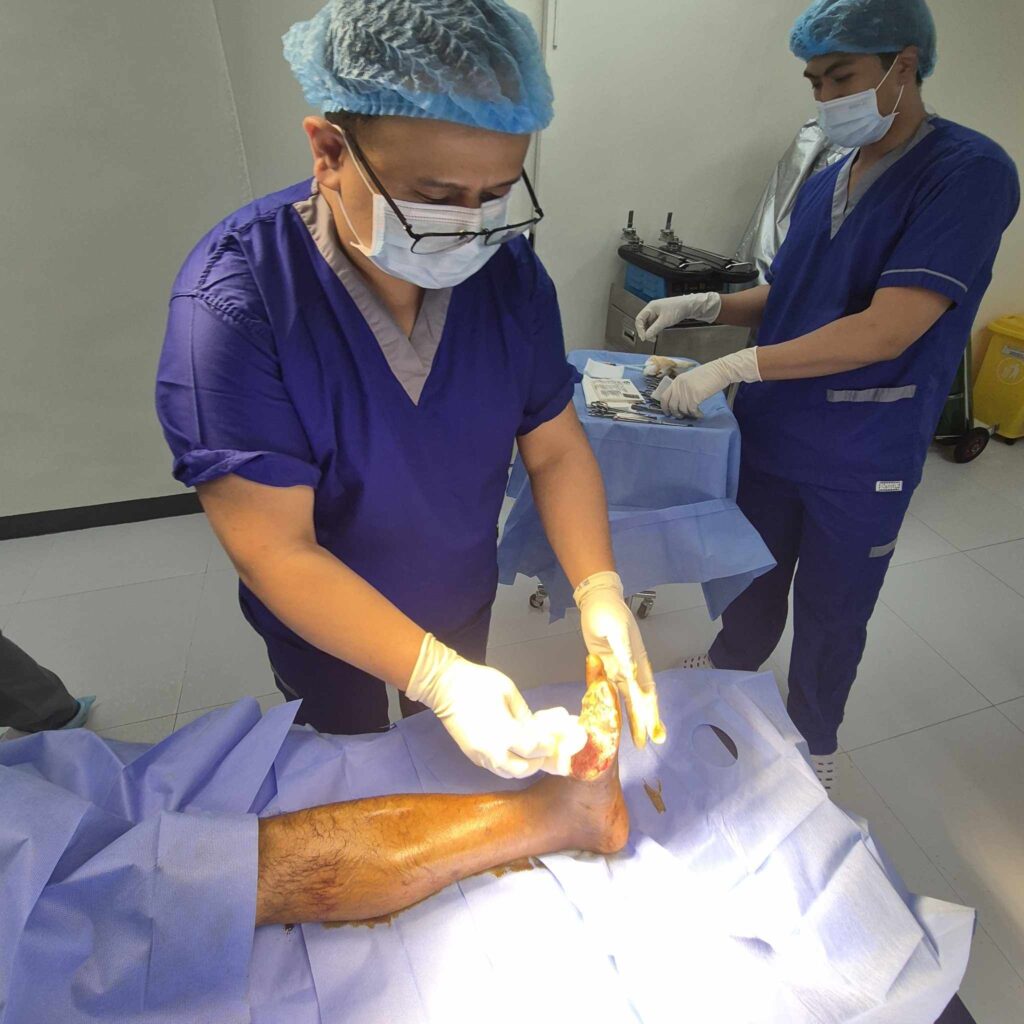Tree cutting is an essential task for maintaining the health, safety, and aesthetics of residential properties. However, without proper precautions, residential tree cutting can pose significant risks to both the person performing the task and the surrounding property. This blog will delve into the key safety measures you need to follow to ensure that tree cutting is done safely and effectively, minimizing the potential for accidents and property damage.
Understanding the Risks of Residential Tree Cutting
Why Safety is Critical in Residential Tree Cutting
Residential tree cutting involves various hazards that can lead to serious injuries or property damage if not managed correctly. One of the most common dangers associated with tree cutting is the risk of falling branches, which can cause injuries or damage to homes, vehicles, or other structures. Additionally, cutting trees near power lines presents a severe risk of electrocution. Understanding these risks is crucial for anyone planning to engage in tree cutting on their property, as it underscores the importance of following strict safety protocols.
Proper Equipment and Gear for Safe Tree Cutting
Essential Safety Gear for Residential Tree Cutting
Using the right equipment and safety gear is paramount when undertaking tree cutting in a residential area. Essential safety gear includes helmets, gloves, eye protection, and sturdy footwear to protect against falling debris and other hazards. Additionally, using proper tools like well-maintained chainsaws and secure ladders can significantly reduce the risk of accidents during tree cutting. Ensuring that your equipment is in good working order before starting any tree cutting project is just as important as wearing the appropriate safety gear.
Evaluating the Tree and Surroundings
Assessing Your Environment Before Tree Cutting
Before you begin tree cutting, it’s crucial to thoroughly assess the tree and its surroundings to identify any potential hazards. Start by evaluating the tree’s health—look for signs of disease, dead branches, or structural weaknesses that could complicate the cutting process. Additionally, examine the area around the tree for potential risks, such as power lines, buildings, or other trees that could be affected by the tree cutting. This evaluation process is vital to ensure that your tree cutting project proceeds without unexpected incidents.
Safe Cutting Techniques and Best Practices
Techniques for Safe and Efficient Tree Cutting
Using safe cutting techniques is critical to minimizing risks during residential tree cutting. One of the most effective methods is directional felling, where you control the direction in which the tree falls by making precise cuts. Notch cutting, another important technique, helps guide the tree’s fall, reducing the likelihood of it falling in an unintended direction. It’s also essential to establish a clear escape route before beginning the tree cutting and to work with a partner who can assist in managing the process safely. Adhering to these best practices ensures that tree cutting is both safe and efficient.
Handling Emergencies and First Aid
What to Do in Case of a Tree Cutting Emergency
Despite all precautions, emergencies can still occur during tree cutting. Common emergencies include injuries from falling branches or cuts from chainsaws, as well as unexpected tree falls that can cause significant property damage. It’s crucial to know what to do in these situations. Immediate actions may involve providing first aid for injuries such as cuts or falls and contacting emergency services if the situation is severe. Having a well-stocked first aid kit and emergency contact numbers readily available during tree cutting can make all the difference in handling unexpected situations effectively.
When to Hire Professional Tree Cutting Services
Knowing When to Call the Experts
While many residential tree cutting tasks can be handled safely by homeowners, certain situations require the expertise of professional tree cutting services. If the tree is large, located near power lines, or poses a high risk of falling on structures, it’s advisable to hire certified arborists who have the experience and equipment to handle the job safely. Professional tree cutting services not only ensure the job is done correctly but also offer peace of mind, knowing that the risks associated with tree cutting are being managed by experts.
Takeaway
Tree cutting is a task that requires careful planning and strict adherence to safety measures to avoid accidents and property damage. By understanding the risks, using proper safety gear, assessing the environment, applying safe cutting techniques, and knowing when to call in professionals, you can ensure that your residential tree cutting project is completed safely. Prioritizing safety in tree cutting not only protects you and your property but also ensures a successful and stress-free experience.






